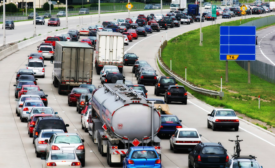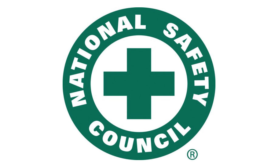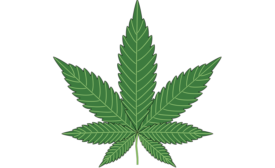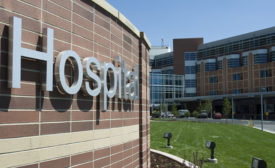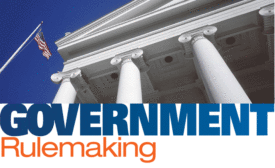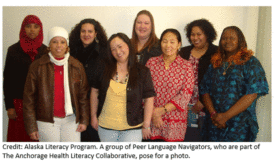News
U.S. workers gamble with health insurance benefits, Unum finds
Half of workers will choose a high-deductible health plan, yet lack cash for out-of-pocket costs
November 7, 2019
A FairWarning Story
What’s in a name? Ghostly spirits stalk the medical literature
"Spinning science to sell drugs"
November 7, 2019
A NIOSH Science Blog post
Partnering to educate English-language learners in Alaska on worker safety and health
November 6, 2019
Never miss the latest news and trends driving the safety industry
eNewsletter | Website | eMagazine
JOIN TODAYCopyright ©2024. All Rights Reserved BNP Media.
Design, CMS, Hosting & Web Development :: ePublishing



